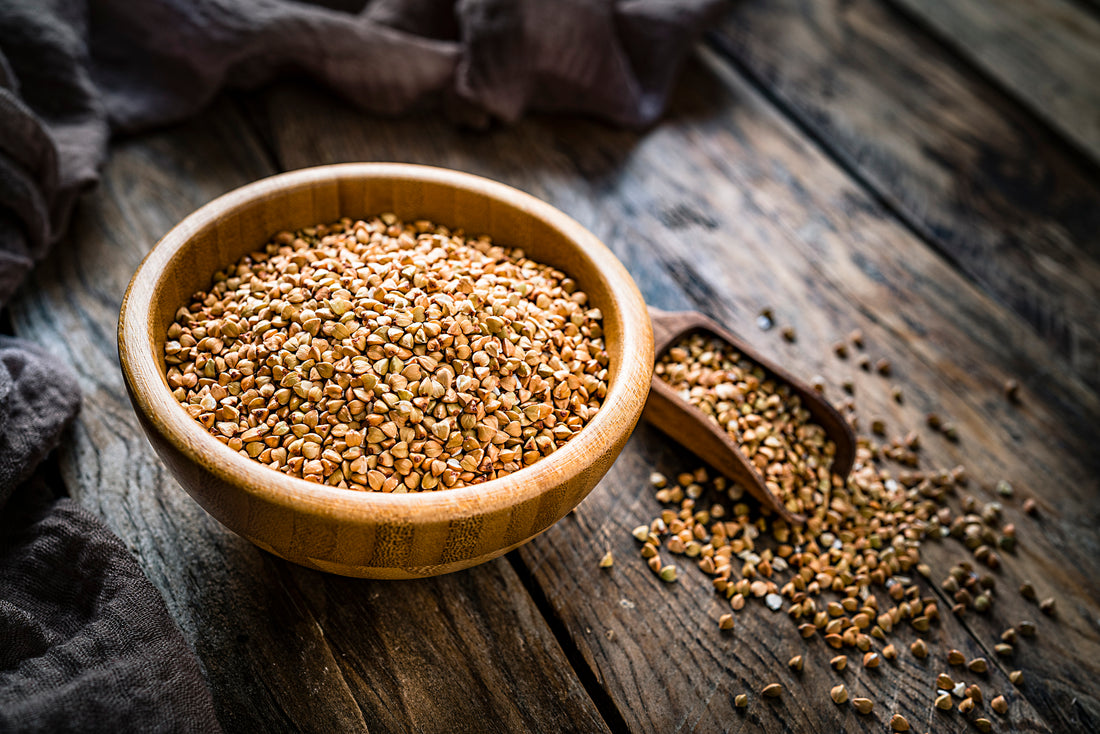In the absence of empirical data regarding foods’ glycemic indices and glycemic loads, individuals with immunometabolic concerns may assume that cereal foods are “unhealthy” for them, and may instead choose to eat foods that are less nutrient-dense. Cereal foods are important sources of dietary fiber, essential vitamins and minerals, macronutrients, and unique phytonutrients. Less-processed cereal foods having lower glycemic indices and glycemic loads may, in fact, be beneficial for individuals with metabolic concerns, having the potential to improve glycemic response as well as satisfy appetite.
The glycemic index (GI) is a crucial tool for evaluating the influence specific foods have upon blood glucose levels in relatively healthy individuals. GI scores represent the composite area-under-the-curve (AUC) numerical value of the changes in blood sugar, including peak and trough values, that occur over a few hours after consumption of a food. They are expressed as a percentage of the analogous score for standard servings of either glucose or white bread after being consumed by the same test subjects. As individuals may have distinctly different glycemic responses to a given food, GIs are determined by testing numerous individuals and averaging the results. Low, medium, and high GI scores have been defined, respectively as ≤55%, >55 to <70%, ≥70% as compared to glucose/white bread standard scores.
Glycemic load (GL) refers to the carbohydrate content of 100 grams of a food multiplied by the glycemic index of that food, and are expressed as grams of available (digestible) carbohydrate/100 g food as prepared for consumption. Foods that supply more available carbohydrates and/or have higher GIs will therefore tend to have higher GLs.
For this study, researchers recruited 44 men and women having an average age of 23.7 years, with no history of diabetes or insulin resistance, and taking no medications. Study subjects were first evaluated for their glycemic response to 50 g of glucose in 200 ml water, with blood glucose levels tested at baseline and at 15, 30, 45, 60, 90, and 120 minutes after consumption. Between one and seven days later, and after a 12-hour fast, participants received 50-g cooked portions of one of the cereals listed above, and blood glucose levels were evaluated as for the glucose standard. Glycemic indices for each food were averaged from 8 study subjects’ values, and evaluated against the glucose standard established. Glycemic loads were calculated from each food’s averaged glycemic index score.
Roasted Buckwheat Groats Are a Low-Glycemic Index Food

KEY TAKEAWAY:
The results of this study show that roasted buckwheat groats may be considered a low-glycemic index food having a very modest glycemic load, with a GI of 34.7% versus glucose and a GL of 8.1 g per 100 g cooked food. Additionally, findings suggested that roasted buckwheat groats may have a more consistent effect on blood sugar levels among different individuals, as the inter-individual values for GI and GL for buckwheat groats showed less variability compared to other cereals.

